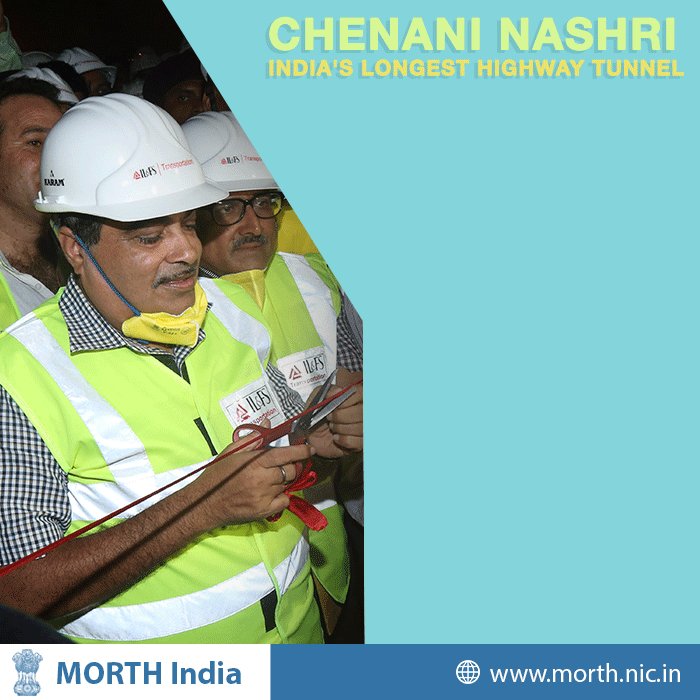Prime Minister Narendra Modi will dedicate to the nation Asia’s longest bi-directional road tunnel on the Jammu-Srinagar National Highway on Sunday (April 2). The Chenani-Nashri all-weather tunnel has been built at a cost of over Rs 2,500 crore in about five years.
Built at an altitude of 1,200 meters, the 10.89 km tunnel would cut the travel distance between Jammu and Srinagar by about 40 kilometres, and is expected to save passengers over 2 hours in travel time as it will bypass snow- and landslide-prone Kud, Patnitop and Batote on National Highway 44. According to estimates, it also promises fuel savings of over Rs 27 lakh per day and will also provide better connectivity to people in Kishtwar, Doda and Bhaderwah in the Jammu region.
The work on the twin-tube tunnel, which is part of National Highway Authority of India’s (NHAI’s) 286-km-long four-lane project on the highway, started on May 23, 2011, in the lower Himalayan mountain range. The project forms part of the proposed widening of NH-44 (old NH-1A) from Jammu to Srinagar.
Hailed as an engineering marvel, this marks significant roadbuilding firsts in India, including an unprecedented stress on user safety. Amongst its host of intelligent road tunnel features are:
Integrated traffic control system
Entrance Detection Control System
Active Firefighting System
Electronic Surveillance System
Evacuative Broadcast System
Tunnel Ventilation System

